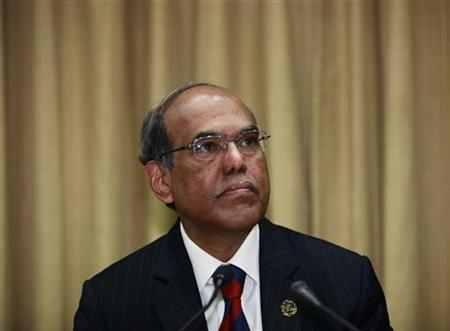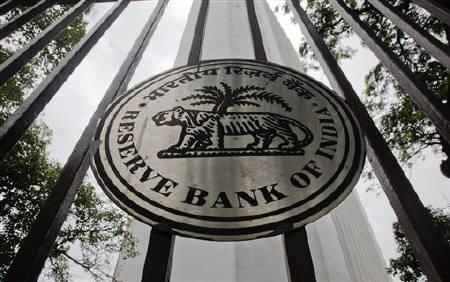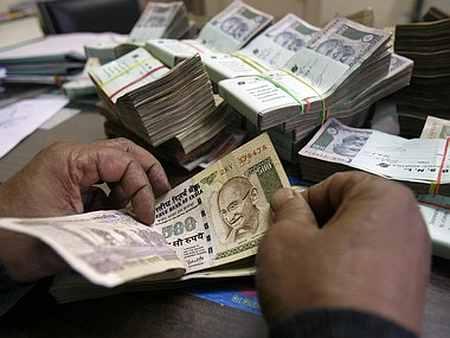 | « Back to article | Print this article |
Why RBI cannot ignore IIP contraction
The Indian economy has not yet hit bottom.
That is the unavoidable lesson of the figures for industrial production released on Thursday by the ministry of statistics and programme implementation.
While the index of industrial production series is justly criticised for its flaws and its volatility, its trend is unmistakable.
In June 2012, industrial production contracted 1.8 per cent compared to the same month of last year, although most observers were expecting a small expansion of a few percentage points.
The overall picture for the April-June quarter, therefore, is of a year-on-year contraction in industrial production, by 0.1 per cent.
Click NEXT to read further. . .
Why RBI cannot ignore IIP contraction
This IIP slowdown has serious implications for growth.
The first quarter of the calendar year 2012 saw growth at 5.7 per cent, with industrial production similarly flat.
This quarter is likely, thus, to do worse.
This is in spite of the fact that the full effects of the drought on agricultural production have not shown up yet.
Services growth, too, will be difficult to keep strong in the face of weak demand.
The government should be even more worried, now, about whether it will meet its growth targets for 2012-13 -- and what missing those targets will mean for the fiscal.
Click NEXT to read further. . .
Why RBI cannot ignore IIP contraction
Keeping the fiscal deficit at 5.1 per cent of GDP, as budgeted, will be impossible unless growth miraculously revives or tough structural reform is undertaken.
Already, both revenue and expenditure targets for the first quarter have been missed -- and that in absolute terms, not as a proportion of GDP.
The central government and the new finance minister must surely now recognise that things will not get better on their own, or through statements meant to reassure the markets.
Tough actions to ensure fiscal stability will be required -- specifically, subsidy reform -- and investment-boosting measures must be found.
Click NEXT to read further. . .
Why RBI cannot ignore IIP contraction
Capital goods production has shrunk by 20 per cent this quarter, indicating the depths to which investment spending might still sink.
Decomposing the IIP number does not provide much hope, either.
Most worryingly, consumer non-durables shrank by a percentage point year-on-year, revealing the weakness of consumer demand.
Given that high consumer demand is precisely what has sustained the economy through the slowdown of the past years, this is doubly of concern.
Nor are consumers likely to increase spending with the spectre of a drought looming over the second quarter of 2012-13.
It is to be hoped that these IIP numbers are read with the greatest care in Mint Road.
Click NEXT to read further. . .
Why RBI cannot ignore IIP contraction
The Reserve Bank of India, in its first-quarter review of monetary policy, said merely that tight money 'may have contributed to the growth slowdown', calling it 'an unavoidable consequence'.
The fact that industrial growth has been essentially non-existent for more than a year now, thanks to insufficient investment, suggests that there should now be no doubts about the consequences of the RBI's policy.
First-quarter results showed that the escalating interest costs faced by companies were inhibiting investment.
RBI Governor D Subbarao should not ignore or dismiss these IIP numbers.
If he does, the bottom for India's economic trajectory may be even more distant, and deeper, than expected.





